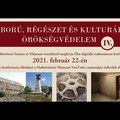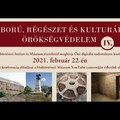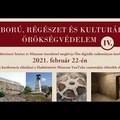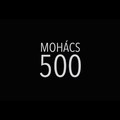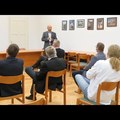
A pécsi Janus Pannonius Múzeum (JPM) a Hadtörténeti Intézet és Múzeum (HIM) munkatársainak közreműködésével 2009-ben kezdte meg az 1526-os mohácsi csata helyszínének kutatását azzal a céllal, hogy a katonai esemény 500. évfordulójára megvalósulhasson a sorsdöntő eseménysor helyszínének pontos azonosítása, eseménysorának rekonstrukciója, és a csatában elhunyt legalább 10–15 ezer katona végső nyughelyének megtalálása.
2016-tól a JPM és a Pázmány Péter Katolikus Egyetem Régészettudományi Intézete (PPKE-RTI) és Térinformatikai Laboratóriuma (PPKE-RTL) együttműködésének keretében, a Detect Max Kft szervezőmunkája segítségével a szisztematikus fémkeresős kutatás vált a projekt fő kutatási módszerévé.
A fentiekben leírt intézmények közötti együttműködésre alapozva a projekthez csatlakozott kutatókkal munkánkat 2018 őszétől Mohács 500 Kutatócsoport néven folytatjuk.
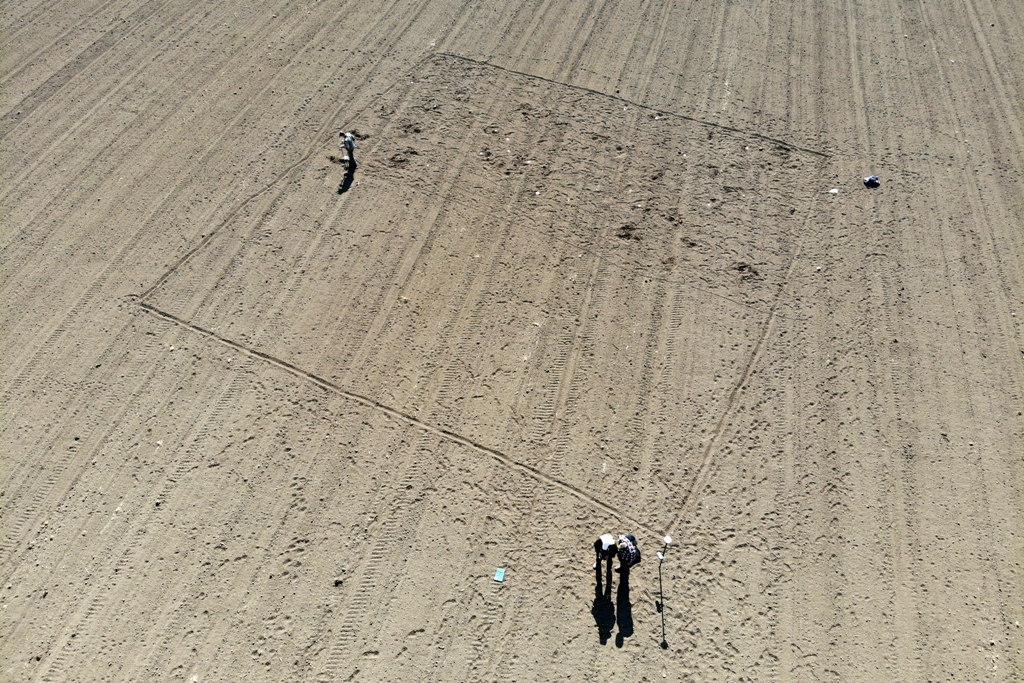
Under the auspices of the Janus Pannonius Museum of Pécs (JPM), Hungary, the Mohács 500 research group has conducted a project to investigate the 1526 Battle of Mohács before its 500th anniversary. The group includes researchers of various institutions, including JPM, Pázmány Péter Catholic University, Budapest, Budapest Historical Museum, etc.
Our reason to establish the project in 2009 was the fact that the majority of the numerous reconstructions of this battle of paramount importance have been based almost entirely on literary sources, and neither of these reconstructions agree on the details. This means in our opinion that the interpretation of the literary sources in itself is not sufficient to carry out the task.
Therefore, our main aim is to integrate the interpretation of the literary, archaeological, and environmental evidence and thus create a reliable reconstruction of the event. To create a proper place of remembrance by the 500th anniversary of the battle, it is also our aim to find the mass graves of the at least 10-15000 soldiers of the Christian army who died in the battle.
Our research project had started with the exploration of a settlement site most probably mentioned as Földvár in the report by Stephanus Brodaricus, chancellor of the Hungarian and Czech king Lajos II and eyewitness of the battle.
Aerial photographs of the field have been taken several times, as well as a LiDAR-survey using JPM ArchaeoLandscapes Europe to create a digital terrain model (DTM).
Since 2016 we stepped up our efforts in cooperation with the Institute of Archaeology of Pázmány Péter Catholic University, Budapest and various other private and institutional contributors, and extended our scope of action to the entire suspected battlefield. Our main method recently is systematic, large scale metal detecting survey done by dozens of voluntary enthusiasts. We have carried out ten such campaigns since the spring of 2016. We have already surveyed an area, more than 2 km2 and collected nearly 6500 surface finds, of which roughly 8–10% may be in connection with the 1526 battle (lead bullets and other weapon finds, horseshoes, coins, spurs, etc.). We map every find with geodetic accuracy, and hope that the distribution of finds will help (and, in fact, we believe it already have helped) locate the battlefield, and contribute to the better understanding of the event.
Dr. Bertók Gábor régész
(JPM-PPKE, Mohács 500 Csatatérkutatási Program)
Dr. Szabó Máté régész
(CLIR Nemzetközi Akadémiai Kutatóközpont, Mohács 500 Csatatérkutatási Program)
Dr. Haramza Márk történész
(JPM, Mohács 500 Csatatérkutatási Program)
Szajcsán Éva régészeti felügyelő
(Baranya Megyei Kormányhivatal, Örökségvédelmi Osztály, Mohács 500 Csatatérkutatási Program)
Simon Béla régésztechnikus
(JPM, Mohács 500 Csatatérkutatási Program)
A képek forrása és a teljes tanulmány itt érhető el - full paper here!
